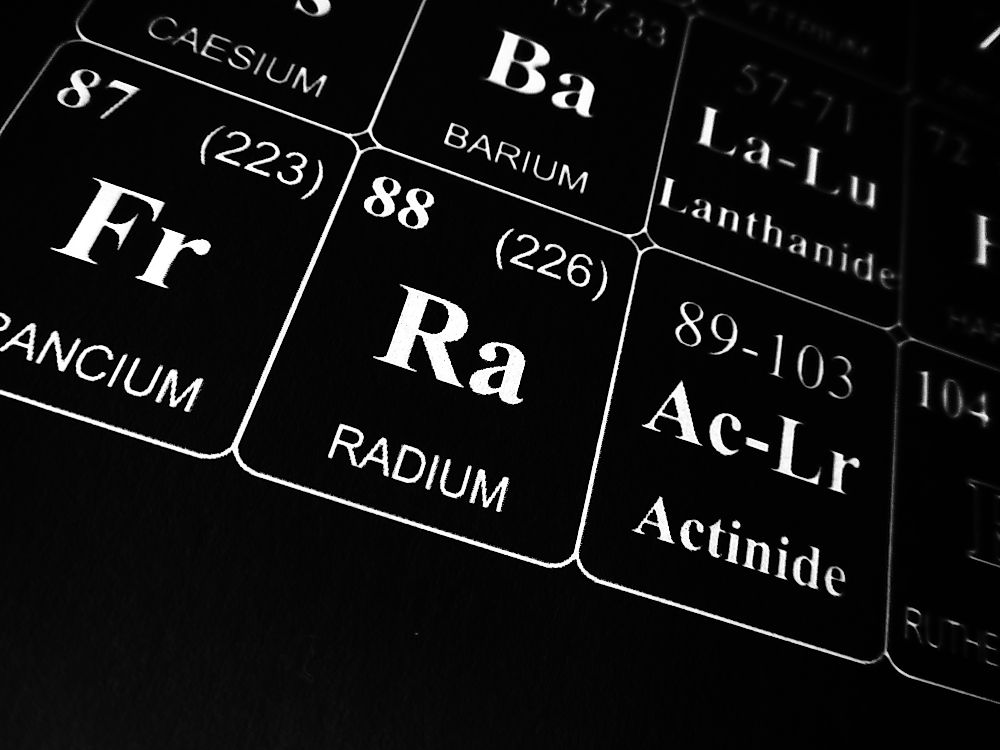What is Radium Used For?

Radium is a radioactive element that is extremely dangerous when not handled appropriately. It was used in the production of several products including toothpaste and wristwatches and was thought to be curative until researchers discovered that intense radioactivity had adverse effects on health. It is the sixth element of the alkaline Earth metals with atomic number 88 and symbol Ra.
Radium is naturally found in uranium, thorium, and uraninite ores. The element was discovered by scientists Marie and Pierre Curie while studying the properties of Uranium ore in 1898. After eliminating uranium, the ore was equally radioactive, suggesting the presence of another radioactive element. After further studies, the researchers extracted one milligram of radium in 10 tons of ore, but three million times more dangerous than uranium.
Early Uses of Radium
Synthetic radium was produced in the United States before the adverse effects of radiation exposure were understood. The ability of the element to glow-in-the-dark and the belief that radioactivity was curative meant that the element was used circumstances it should not have been. Before 1936, food manufacturers produced chocolate bars, bread, and packaged water with radium as an additive. In the 1930s, toy companies used radium to illuminate toys that became popular by producing a weird glowing light in the dark. Dr. Alfred Curie (not related to the scientists) produced and sold toothpaste, body creams, and powders by duping consumers that radium strengthened teeth and prevents wrinkles. The success of Dr. Curie’s products prompted other doctors to create products with the element, including heating pads and suppositories to treat malaise, rheumatism, and body weakness. Medical researchers extended the use of radium to cure impotence in men and women by creating fertility drugs with the element to “stimulate” reproduction. From 1917 to 1926, the United States Radium Corporation used radium to produce wristwatches and clocks. Hundreds of “radium girls” were employed to paint watches and clocks with powdered radium that glowed at night.
Modern Uses of Radium
Towards the mid-20th century, physicists realized that radium had adverse effects on health and governments across the world banned the public use and handling of the compound. Today, researchers are conducting studies on the abilities of radium to treat certain forms of cancer and bone fractures. However, stable radioisotopes such as caesium-137 and cobalt-60 are replacing radium. The element is mostly used in controlled environments and for specific purposes such as x-ray imaging. It is mixed with beryllium to create a neutron source for nuclear reactors.











